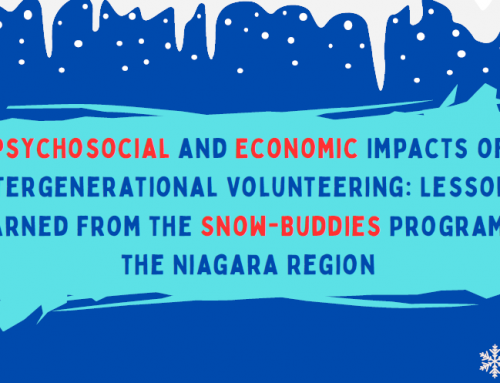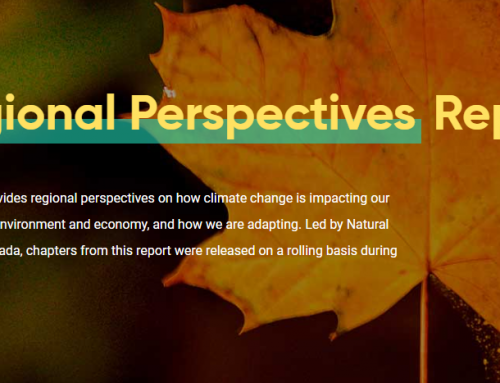Some groups face higher risk of low income than others: recent immigrants, Aboriginal people, lone parents, unattached people aged 45 to 64, and persons with a disability. For this reason, policies and programs designed to reduce poverty have often been based on interventions specifically targeted at benefitting members of these groups. Many examples of studies on low income among Aboriginal people, recent immigrants and lone parents can be found, but there are fewer studies on low income among persons with a disability.
In this paper, disability is defined as a physical or mental impairment that is not accommodated by one’s surrounding environment, making it more difficult to perform daily activities. This acknowledges that impairment does not have to result in disability if a person’s physical and social environment fits their needs. Previous studies have consistently demonstrated that persons with a disability have lower median incomes, are less likely to be employed, and are less likely to hold a university degree than persons without a disability. Specifically, the 2012 Canadian Survey on Disability (CSD) found that among persons aged 25 to 64, 49% of those with a disability were employed, compared with 79% of those without a disability.
Author: Katharine Wall
Published By: Statistics Canada
Publication Date: August 2017
View Low Income Among Persons with a Disability in Canada








